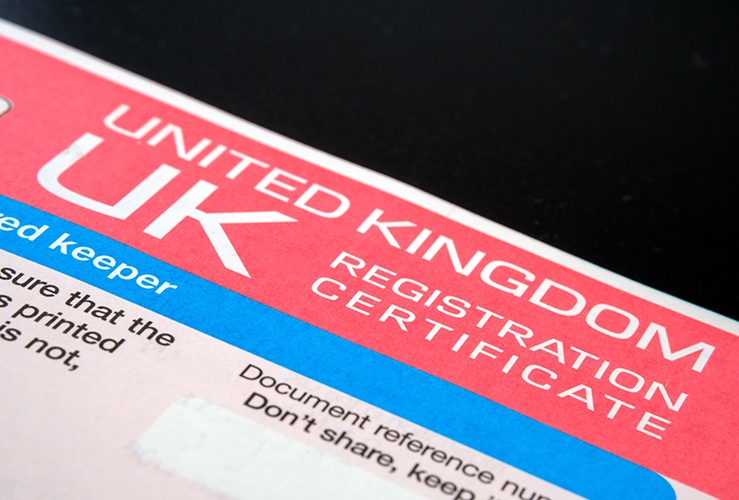There are several reasons why you might wish to cancel your Vehicle Excise Duty (VED), then apply for a refund for any remaining months' tax.
The most common reason motorists cancel their VED is because they have sold or transferred their car to another person.
Understanding how to cancel your VED can be a little overwhelming, due to the various DVLA rules. In this step-by-step guide we explain how to cancel your VED and apply for a refund.
The 7 reasons why you may want to cancel your VED
There are only seven acceptable reasons for cancelling your vehicle tax.
Aside from selling or transferring ownership, you might want to cancel your VED due to:
- SORN - Statutory Off-Road Notification: your vehicle has been taken off the road and therefore does not require VED. This might be because it is being broken down before being scrapped, it is simply not being used for a certain period.
- Written off by your insurance company
- It has been scrapped
- It has been stolen
- It has been exempt from paying VED
- It has been exported abroad
How you'll get your refund
Once you've contacted the DVLA and cancelled your vehicle tax, if you have a Direct Debit set up, this will be cancelled.
Any full months' tax will then be refunded to you in the form of a cheque. This will be sent to the address on the vehicle logbook.
The refund will be for the tax only, it won’t cover things like credit card fees or any Direct Debit/6-month payment surcharges.
How your tax refund is calculated
The sum refunded to you will be based on whichever is lower of the following:
- The initial tax payment when the vehicle was first registered
- The second tax payment rate
If the DVLA make a mistake
If there's any problem with your refund - for example the wrong name is on the cheque, or you haven't received a refund after two months, contact the DVLA and explain the issue.
4 steps for cancelling your road tax
- Work out when your current VED expires by checking your V5C logbook, or using the DVLA website: https://www.gov.uk/vehicle-tax-refund
- Complete the V11 form, available from your nearest Post Office; complete all the relevant information including the make, model, and registration of your vehicle.
- Submit the V11 form, either by post or online via the GOV.UK website.
- Wait until the DVLA informs you they have received your cancellation request.
How will your refund be calculated?
Your refund is calculated based on the date your cancellation request is received. Only complete months will be refunded - so if, for example, your request is received on the 1st of a given month, the refund won't include that month's tax. It’s prudent to apply for your refund as soon as you can.
Refunds won’t be returned to your bank account - only by cheque, which will be sent to the address on the V5C logbook.
Since only full months are returned, you're unlikely to get a refund if you pay on a monthly basis.
No tax refund received? Here's what to do:
Email the DVLA through this link: https://contact.dvla.gov.uk/email
Or call the DVLA on 0300 790 6802 (10p per minute from a landline, 40p per minute from a mobile); 8am-7pm Mon-Fri; 8am-2pm Sat.
You can also write to the DVLA here:
DVLA
Swansea
SA99 1AR
The importance of staying on top of your vehicle tax
You are only permitted to drive on the UK’s public roads if you have valid Vehicle Excise Duty. While commonly referred to as ‘road tax,’ the sum you pay is based on your vehicle’s emissions.
The police can issue a Fixed Penalty Notice of up to £1,000 if they catch you driving without tax, and can even seize your vehicle.
The DVLA can issue an £80 fine if they catch you driving without tax, although this is halved if settled within 28 days.





